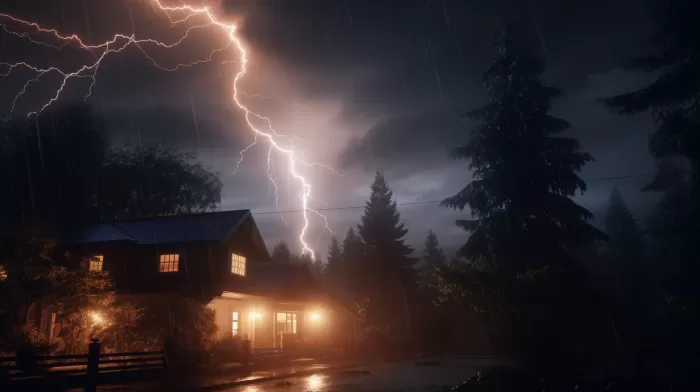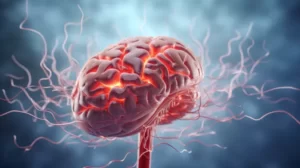Migraines can seem like an unsolvable puzzle with triggers ranging from food to hormones, and even stress levels. Despite numerous studies in search for an answer to this health problem, the role of the weather remains a point of debate among healthcare professionals. Interestingly, researchers have discovered that lightning might just be one of the main triggers for migraines.
The Surprising Connection
In previous years, studies on headaches tried to discover their relationship with the weather. However, progress was slow until researchers at the University of Cincinnati (UC) observed a direct correlation between lightning and the onset of headaches and migraines.
An informative exploration into how weather elements such as barometric pressure and humidity affect migraine onset had been shrouded by conflicting studies. The UC researchers decided to use mathematical models to determine if the increased frequency of headaches was due to lightning or other weather factors present during thunderstorms.
The results revealed a 19% increased risk for headaches on days when lightning occurred, even after accounting for other weather factors, suggesting lightning indeed had its own unique effect on headache events.
The Negatively Charged Effect
Interestingly, these headaches seemed to be particularly triggered by negatively charged lightning currents. But how does this happen?
Researcher Vincent Martin offers several possible explanations for this phenomenon: “Electromagnetic waves emitted from lightning could trigger headaches. In addition, lightning produces increases in air pollutants like ozone and can cause the release of fungal spores that might lead to migraine.”
While the exact reason remains to be conclusively determined, the fact that lightning has a direct relationship with migraines stands out.
Protecting Yourself
Though no vaccine or foolproof method to completely prevent migraines exists, there are certain precautions you can take to minimize their occurrence. For individuals who may be particularly sensitive to the onset of a migraine due to lightning, these warning signs from the National Weather Service should be taken seriously.
- Pay close attention to local weather forecasts so you can be prepared when thunderstorms are expected.
- Whenever possible, implement a lightning-safe area in your home as a means of protection.
- Keep an eye out for warning signs such as dark clouds, high winds, rain, and far-off thunder.
- Take action immediately by getting to a safe spot as soon as you notice any indication of an approaching storm.
Given the impacts of lightning on migraines, it is recommended that potentially affected individuals have a well-thought-out plan as a proactive measure.
Other Migraine Triggers
Lightning aside, migraines can be triggered by several other causes including:
- Sensitivity to food
- Caffeinated drinks
- Alcohol
- Hormonal changes during menstruation
- Stress
- Loud noises
- Bright/fluorescent lighting
- Powerful smells, such as perfumes
Takeaways
If you experience migraines, especially during thunderstorms, consider the possibility that lightning might be the cause. It’s essential to know your personal migraine triggers so you can avoid them to the best of your ability. In the meantime, as scientists continue to gain a better understanding of this mysterious health problem, take preventive steps to reduce migraines and the discomfort they bring. Pay attention to local forecasts, watch for signs of an approaching storm, and follow suggested safety protocols to minimize the potential impact of lightning-induced migraines.



